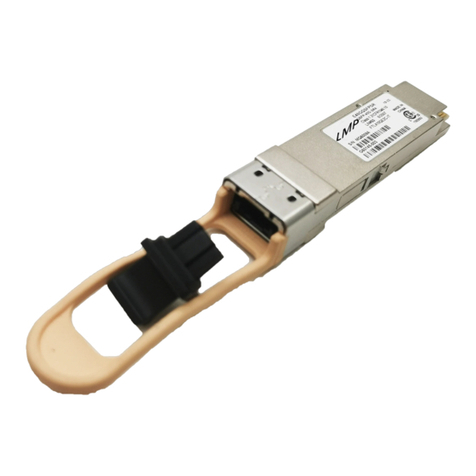
Regulatory information European Union
Declaration of Conformity
Hereby, “NEC Unified Solutions”, declares that this “AP300” is in compliance with
the essential requirements and other relevant provisions of Directive 1999/5/EC.
http://www.nec-unified.com/doc
Product disposal information
The symbol depicted here has been affixed to your product in
order to inform you that electrical and electronic products
should not be disposed of as municipal waste.
Electrical and electronic products including the cables, plugs and
accessories should be disposed of separately in order to allow proper
treatment, recovery and recycling. These products should be taken to
a designated facility where the best available treatment, recovery and
recycling techniques are available. Separate disposal has significant
advantages: valuable materials can be re-used and it prevents the
dispersion of unwanted substances into the municipal waste stream.
This contributes to the protection of human health and the
environment.
Please be informed that a fine may be imposed for illegal disposal of
electrical and electronic products via the general municipal waste
stream.
In order to facilitate separate disposal and environmentally sound recycling
arrangements have been made for local collection and recycling. In case your
electrical and electronic products need to be disposed of please refer to your
supplier or the contractual agreements that your company has made upon
acquisition of these products.
For countries outside the European Union
Disposal of electrical and electronic products in countries outside the European
Union should be done in line with the local regulations. If no arrangement has
been made with your supplier, please contact the local authorities for further
information.





























